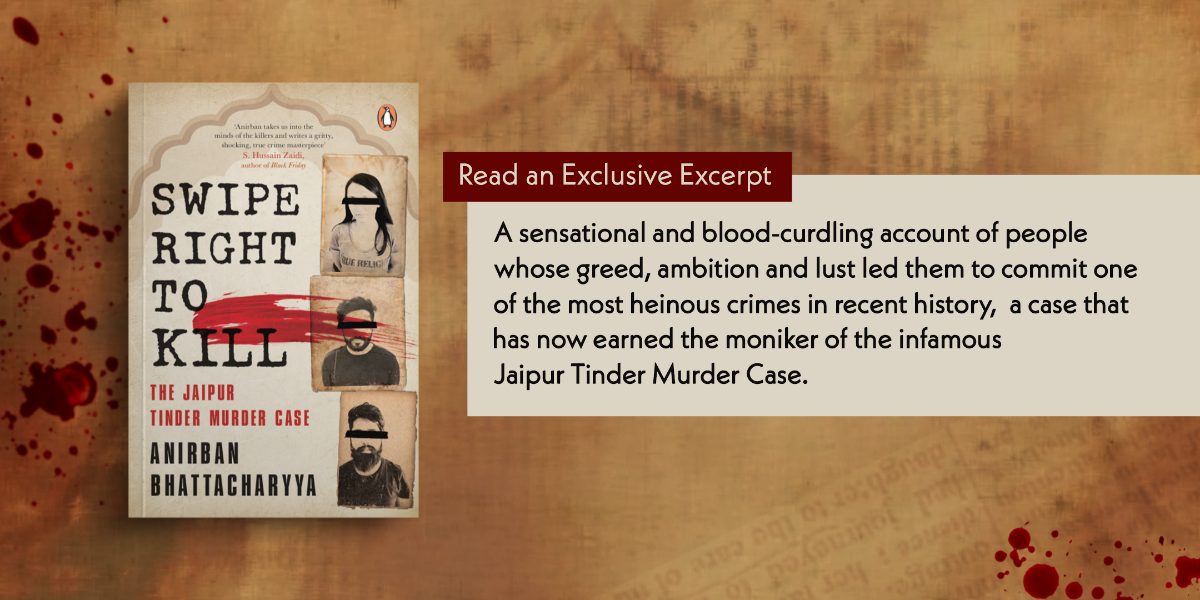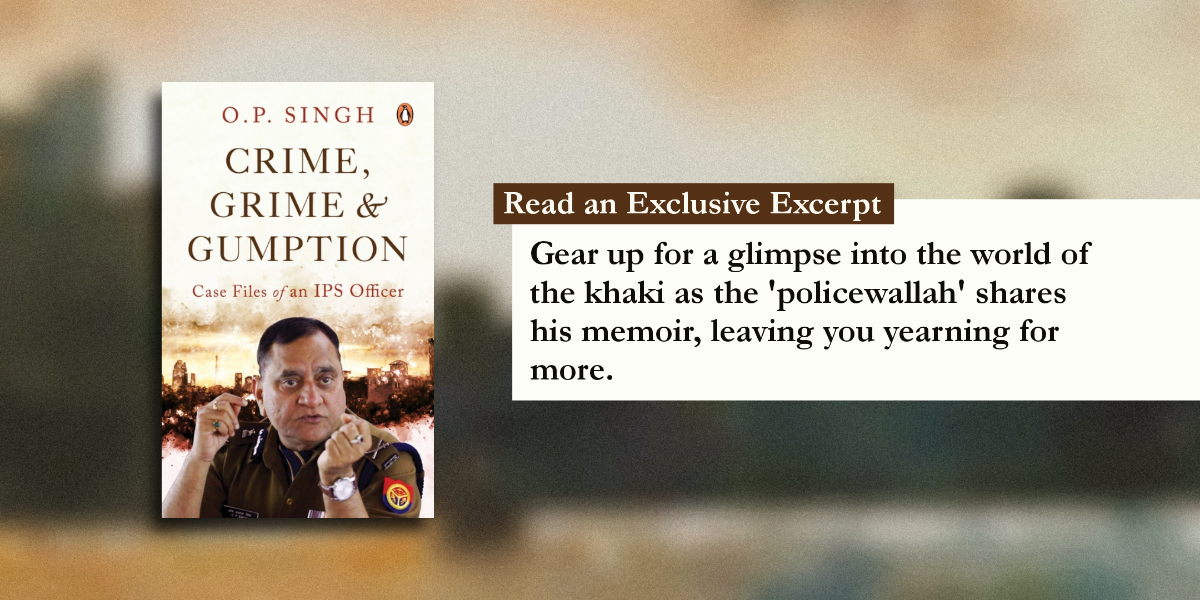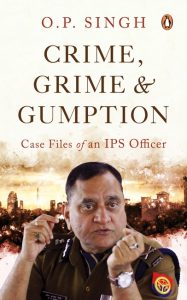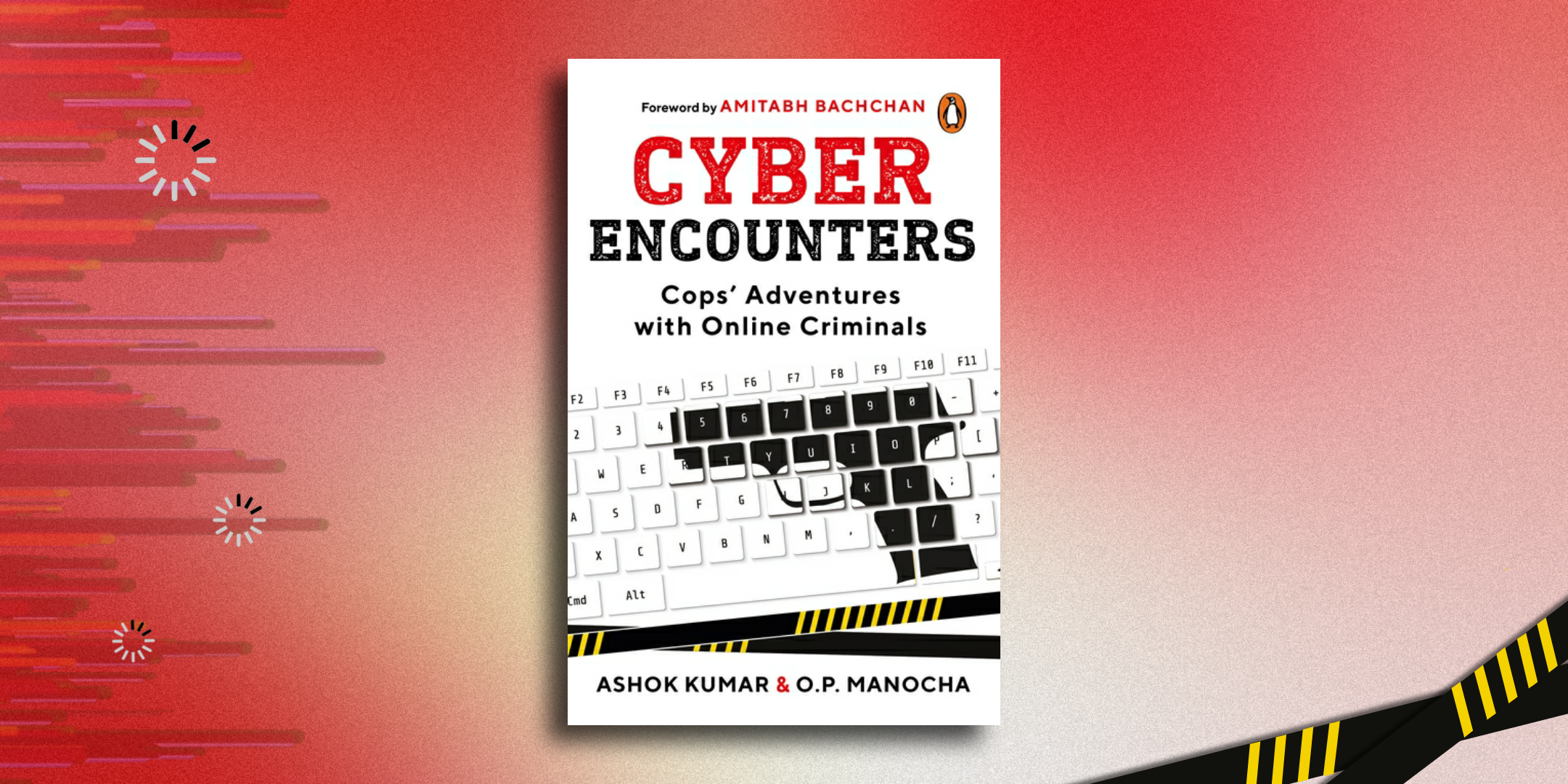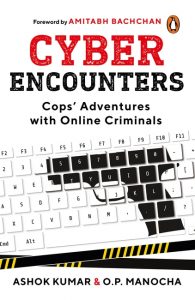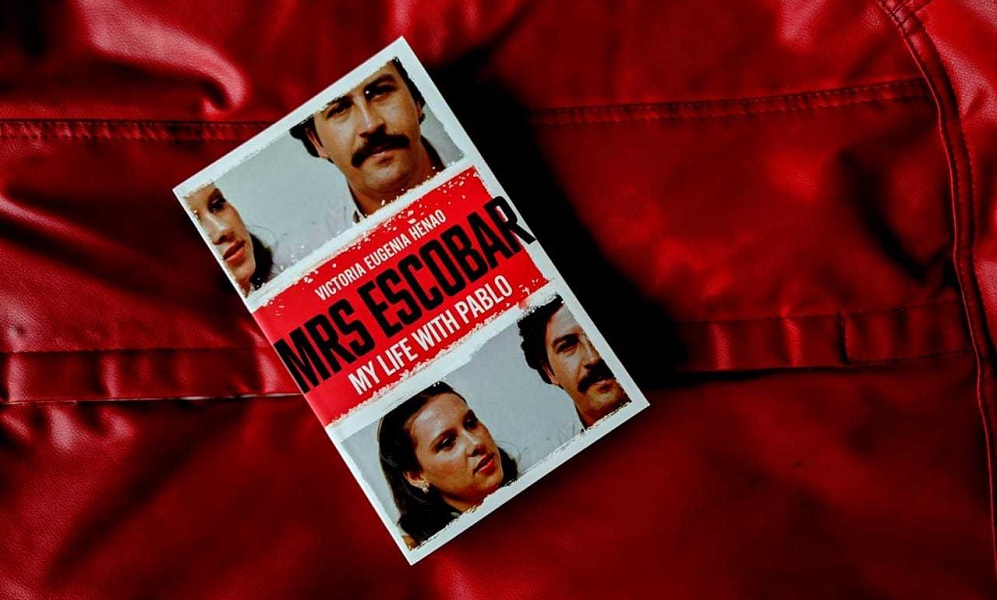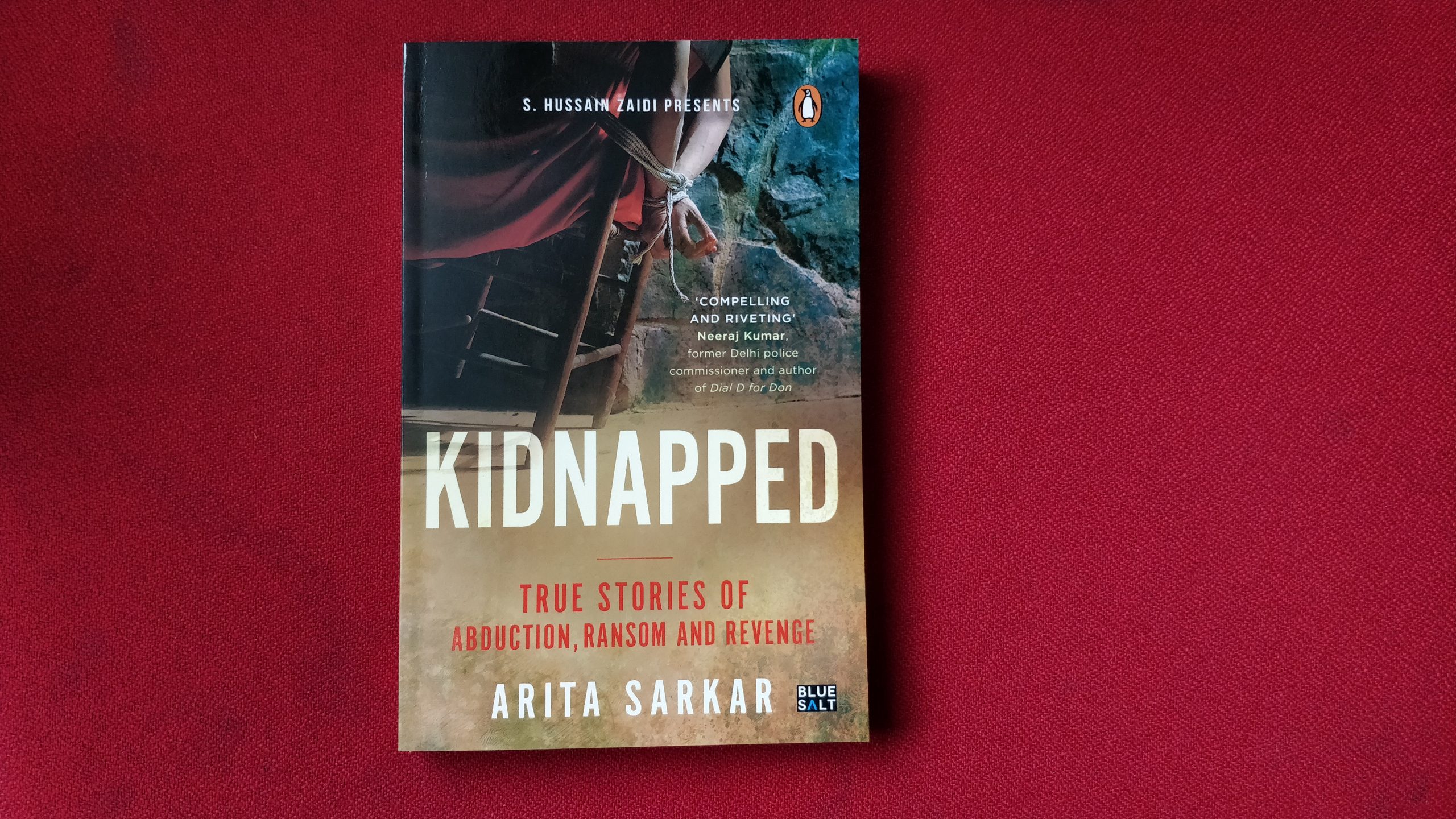From a dating app match to a suitcase on a highway—Swipe Right to Kill takes you deep into the twisted true-crime story of the Jaipur Tinder Murder. Anirban Bhattacharyya unravels how Priya Seth and her accomplices spun a web of deceit, leading to a chilling betrayal that shook the nation.
Get ready for a ride through the dark side of love, lies, and murder.
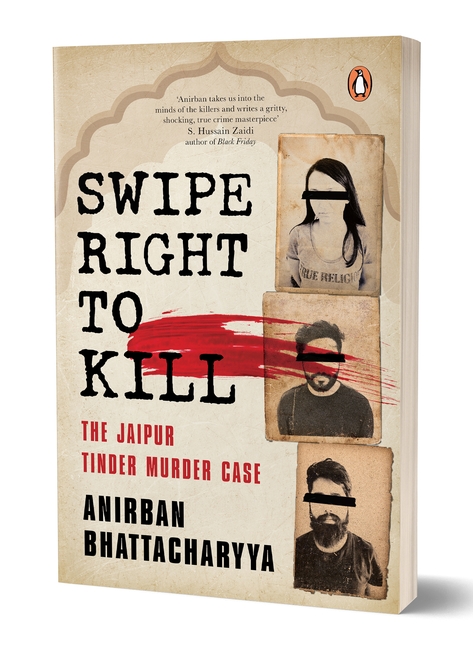
***
2 May 2018, Wednesday
What Priya had been holding off for the past two months as bait was now offered to Dushyant, aka Vivan Kohli, on a platter. The date for consummating their relationship was set as 2 May 2018.
Dushyant was overjoyed. He was finally going to ‘score’. Dushyant planned for the day, which included the alibi he would give his family if they questioned him. Priya had told him that she would call him up and tell him where to meet her and then they would go to her house. At this time all Dikshant and Lakshya knew was that Priya had identified a target from whom she would extort the money to pay the lakhs that Dikshant owed, and also to fund their life for the next few months. Lakshya, who was Dikshant’s childhood friend, became privy to the real Priya and her real occupation, once Dikshant was made aware. Lakshya too stayed back and did not run away. He too wanted to enjoy the good life that Priya’s dubious earnings offered.
When Priya revealed that she was going to be bringing Vivan home that day, there was an air of nervousness tinged with excitement at Eden Garden. Dikshant was suddenly alert as it dawned on him that he was staring at the point of no return!
When Priya had first shared the plan of kidnapping somebody for ransom, Dikshant had baulked for an instant, according to the police. But he too saw the ‘merit’ in this shortcut to acquire money in an instant. He wanted to erase his debts as soon as possible.
At 5 p.m., Priya asked Dikshant to call Lakshya to their Eden Garden flat. At this point, Lakshya had no clue what was about to unfold that evening. Priya primed them with drinks and ganja. Soon, they were high and happy. At approximately 6 p.m., Priya messaged Dushyant, setting in motion the dastardly plan. She told him that she would meet him below Bhaskar Pulia, Tonk Road at around 7.30 p.m.
Dushyant was back from work and relaxing when the call came in. He sprang up for a shower and started getting dressed. His wife, Bittu, found this rather unusual because once her husband returned home from work, he usually didn’t go out again.
‘Kahan ja rahe ho?’ (Where are you going?) Bittu asked him. Dushyant avoided looking his wife in the eye and hurriedly said, ‘Urgent kaam hai’ (There is urgent work) as he slipped into his Nike sneakers.
‘Nikki beta, what work do you have in the night? You have just come back home!’
Rameshwar joined in the conversation. Dushyant’s pet name was Nikki. Even his father thought that this was unusual behaviour.
Dushyant realized he had to make a credible excuse to get his family off his back. And so he did. ‘One of the company vehicles carrying sand from the river has been seized by the police. You know how the police keep targeting mining companies . . .’
That seemed to do the trick. And for good measure, he added, ‘I will be back in an hour.’
‘Papa, I am taking your car.’ With that, at 7 p.m. on 2 May 2018, Dushyant walked out of his Shivpuri Extension home in Jaipur for the final time. He got into his father’s Hyundai i10 and drove off.
Priya knew their lives were about to change forever. She had already manifested the riches and money that the scamwould bring them. She was very proud of the way she had handled Vivan so far, the way she had seduced him, kept him dangling and convinced him she wasn’t after his money. This was going to be her lottery ticket—the biggest payload. She called him up to ensure he was on his way. Dushyant was excited. On his way, he stopped at a medical store and bought a packet of condoms. He then stopped at a liquor store and bought a bottle of red wine. He wanted the night to be as romantic as possible. Priya called him up again.
‘Yes, yes, I am on my way.’ Hearing this, Priya left her flat at approximately 7 p.m. for the rendezvous. While Priya was gone, Dikshant narrated the plan to
Lakshya. Lakshya was immediately nervous and did not want to get involved, ‘We will let him go, right? After we get the money?’
Priya had hatched a new story for Lakshya. She had tutored Dikshant to tell Lakshya that this ‘target’ was a man who was harassing and troubling her, and therefore they would extract money from him as punishment. Dikshant assured him it was going to be a simple operation.
‘We will keep him hostage and demand a ransom. Once we receive the money, we will let him go . . .’
Lakshya relaxed a bit.
Meanwhile, at approximately 7.45 p.m., Priya called up Vivan aka Dushyant, giving him directions as to where she was waiting. When Dushyant picked her up, both were excited to see each other. Dushyant was excited in anticipation of the passionate night that lay ahead, while Priya was excited about the money she would have within the next few hours!
Priya sat in the car and smiled at Dushyant, who seemed unable to hide his excitement.
***
Get your copy of Swipe Right to Kill by Anirban Bhattacharyya on Amazon or wherever books are sold.







